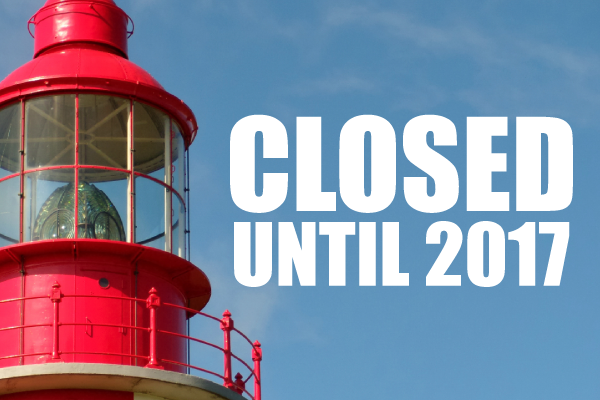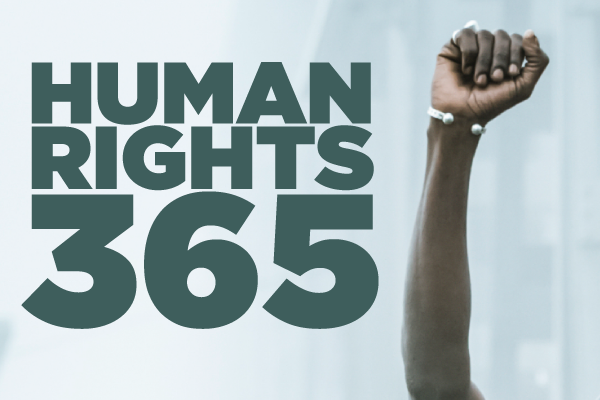While our government seems intent on scrapping our sick leave, the federal government south of the border is trying to extend sick leave provisions to all Americans. That’s right: in yesterday’s State of the Union Address, President Barack Obama made the case for paid sick leave.
“Forty-three million workers have no paid sick leave,” declared the President, last night. “Forty-three million. Think about that.”
“That forces too many parents to make the gut-wrenching choice between a paycheck and a sick kid at home,” he added.
President Obama implored Congress to send him a bill that would give every American the opportunity to earn seven days of paid sick leave per year.
“It’s the right thing to do.”
The move is being applauded by many, including the National Partnership for Women and Families.
“As a large and growing body of research, and the experiences of millions of workers and businesses, show policies that enable workers to care for themselves and their families without risking their jobs or economic security are good for workers, families, businesses and our economy,” said the organization in a press release, last week.
Unfortunately, the proposal is sure to face an uphill battle; both houses of Congress are currently controlled by Republicans.
Meanwhile, other battles for paid sick leave are being fought at the state level. In Massachusetts, voters passed a ballot initiative last November that requires employers with more than eleven employees to provide one paid hour of sick leave for every 30 hours worked, up to 40 hours per year.
The new law also allows employees to carry over up to 40 hours into the following year. It takes effect on July 1, 2015.
In California, the state legislature passed a similar law in 2014. It also grants one hour per 30 hours worked. It, too, takes effect in July of this year.
Of course, these laws don’t apply to employees covered by a collective agreement that already provides sick leave – but they do offer some much-needed stability to full-time, part-time and temporary workers who had previously been working without guaranteed paid sick leave.
Meanwhile, in Canada
This side of the border, the PSAC continues to fight the government’s proposal to scrap their members’ existing sick-leave plan and replace it with a short-term disability plan.
The government’s proposal would see paid sick days scaled down from 15 to just 6, which will likely lead to employees coming to work when they’re sick.
Related content: Find out the consequences of presenteeism in The Truth Behind Harper’s Go-To-Work-Sick Plan
In Canada, only one province mandates paid sick leave for non-unionized workers. Employees in Prince Edward Island are entitled to one paid sick day per year… only after working five consecutive years for the same employer.
Perhaps instead of taking away our hard-earned sick leave, our government ought to focus on making sure every Canadian has a strong safety net when they or a member of their family are ill.
You can help support the fight for paid sick leave for all Canadians by signing the PSAC’s pledge.









